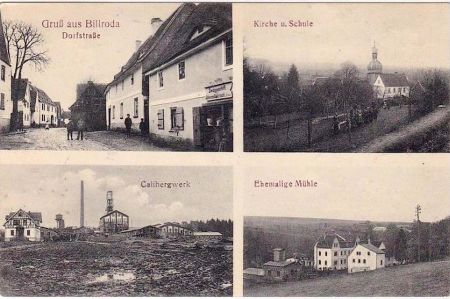Billroda celebrates 875 years - a village honours itself
- Written by Portal Editor
Billroda was first mentioned in a document on May 30, 1148 - at least there is the first mention of a place as "Bilrieht", which would correspond in the description to both the time and the area of Billroda.
In a document of Archbishop Friedrich von Magdeburg there is talk of a "noble Friedrich von Bilrieth" and thus the conclusion is obvious that there must have been a place in Bilrieth from which said nobleman came. This document confirms the granting of four hooves of land to the altar of Saints Justus and Clemens in the collegiate church in Bibra by the noble Friedrich von Bilrieth. This document is kept in the Saxon Main State Archives in Dresden. In the document book of the archbishopric of Magdeburg by George Adalbert von Mülverstedt, May 30, 1148 is given accordingly. However, none of this has been scientifically proven. However.
Now there is a village festival from 23.06 - 25.06.2023, and hopefully numerous guests will also come.
Billroda – the emergence of a town on a cleared forest area?
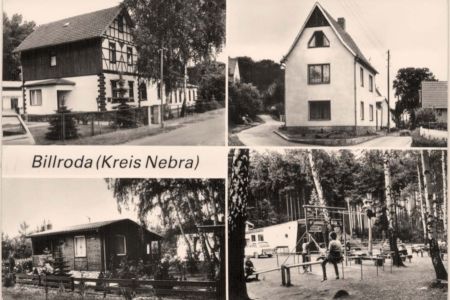 Although there is still quite a lot of healthy forest in the area around Billroda, directly on the state border with the Free State of Thuringia, Billroda probably did not originate as a clearing village, despite the name ending, the so-called suffix. The suffix -ried in the old, original name points more to reeds or reeds, and thus to a reedy, wet area that can still be found on the outskirts of the village along the Lossa stream.
Although there is still quite a lot of healthy forest in the area around Billroda, directly on the state border with the Free State of Thuringia, Billroda probably did not originate as a clearing village, despite the name ending, the so-called suffix. The suffix -ried in the old, original name points more to reeds or reeds, and thus to a reedy, wet area that can still be found on the outskirts of the village along the Lossa stream.
However, the suffix -roda as part of the place name Billroda stands for a place that arose on a cleared area. Usually before the -roda is the name of the person digging, whether there was a "Bill" in the case of Billrodas? This suffix is particularly common in Thuringia. The so-called places were mostly founded in the late Middle Ages in the hills or foothills. Closely related is the suffix -rode, which occurs mainly north of the Harz mountains, while -roda is only found south of these mountains.
Billroda in the Thirty Years' War and afterwards
It is assumed that during the Thirty Years' War settlements in and around Billroda almost completely died out due to epidemics such as plague and cholera. The name Wüstung Kalthausen, located below the windmill, gives an indication of such an event. The giant graves in the Tauhardt Forest indicate that the people killed by the plague were buried there.
Thriving community through potash mining
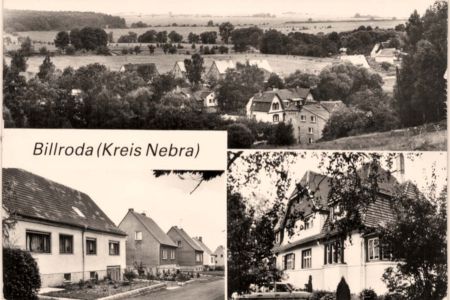 At the beginning of the 20th century, the sleepy farming village became a thriving community - the reason for this was the development of potash mining in the immediate vicinity. On January 24, 1910, the production of potash salts was started with the opening of the potash shaft "Gewerkschaft Rastenberg". In the period from 1911 to 1913, the "Burggraf" and "Bernsdorf" shafts were built, in which potash was also mined. Craftsmen and laborers now dominated village life. Four modern residential buildings were built in the Rastenberger Flur, supplied with water and electricity. Barracks for the workers were built in the immediate vicinity of the shafts. The new community tavern was now the centre of a rich club life.
At the beginning of the 20th century, the sleepy farming village became a thriving community - the reason for this was the development of potash mining in the immediate vicinity. On January 24, 1910, the production of potash salts was started with the opening of the potash shaft "Gewerkschaft Rastenberg". In the period from 1911 to 1913, the "Burggraf" and "Bernsdorf" shafts were built, in which potash was also mined. Craftsmen and laborers now dominated village life. Four modern residential buildings were built in the Rastenberger Flur, supplied with water and electricity. Barracks for the workers were built in the immediate vicinity of the shafts. The new community tavern was now the centre of a rich club life.
The shaft had a depth of about 660 meters. As a new landmark, a 32-meter high water tower towered into the sky. After the First World War, however, the time of the potash syndicate quickly came to an end due to foreign competitors. However, the potash shafts in the area also caused the construction of the railway from Laucha to Kölleda. But the heyday was short-lived, and the shafts were closed again in the mid-1920s. Where potash miners lived at the beginning of the 20th century is now a picturesque bungalow settlement. Old multi-family houses on the street "Gewerkschaft" still tell of the heyday of potash mining.
Billroda as a branch of the Buchenwald concentration camp
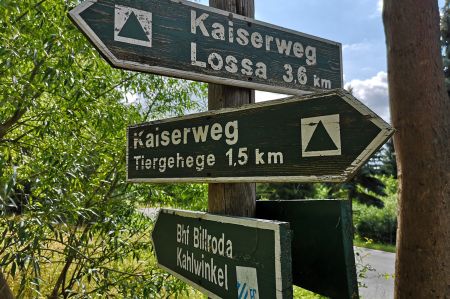 During the Second World War, the old potash shafts were used as a warehouse for the Army Equipment Office and a scene of forced labour as a branch of the Buchenwald concentration camp. The monument "Schacht Burggraf" tells of this dark chapter today. During the Second World War, the Burggraf mine was used as a warehouse for the Naumburg Army Equipment Office. From November 1944, the SS Billroda outside detachment of the Buchenwald concentration camp was set up here, in which up to 500 prisoners had to do forced labour above and below ground. These were u. a. used to relocate production from Gustloff-Werke Weimar to the salt domes (Gustloff-Werke III Billroda). The camp was cleared at the beginning of April and the prisoners were marched back to the main camp in Buchenwald. During this march there was an Allied air raid, in which the guards and some prisoners were killed.
During the Second World War, the old potash shafts were used as a warehouse for the Army Equipment Office and a scene of forced labour as a branch of the Buchenwald concentration camp. The monument "Schacht Burggraf" tells of this dark chapter today. During the Second World War, the Burggraf mine was used as a warehouse for the Naumburg Army Equipment Office. From November 1944, the SS Billroda outside detachment of the Buchenwald concentration camp was set up here, in which up to 500 prisoners had to do forced labour above and below ground. These were u. a. used to relocate production from Gustloff-Werke Weimar to the salt domes (Gustloff-Werke III Billroda). The camp was cleared at the beginning of April and the prisoners were marched back to the main camp in Buchenwald. During this march there was an Allied air raid, in which the guards and some prisoners were killed.
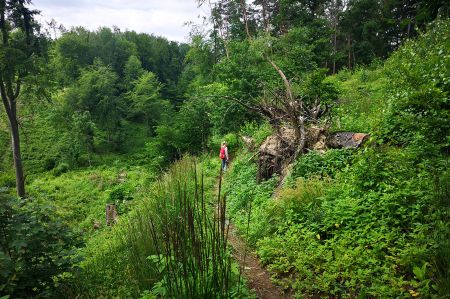 After the end of the war, a fire broke out during looting underground, killing several people.
After the end of the war, a fire broke out during looting underground, killing several people.
In GDR times, their graves were honoured as the burial place of concentration camp prisoners, although it is not clear whether they were former prisoners, forced laborers or even camp supervisors.
In 2006, a memorial for the prisoners of the camp was erected and inaugurated by the interest group "Schacht Burggraf" near the former pit, which the sculptor Peter Fiedler designed together with students from the Landesgymnasium Schulpforte.
 Today Billroda is a rather quiet place, which is mainly characterized by agriculture, but the surrounding area is ideal for hiking and cycling. Around 500 residents live here. But at least once a year, Billroda turns into a Mecca for running enthusiasts. Always at the beginning of May, the SG Finne Billroda invites you to the Finnelauf, which many runners traditionally use as the last test before the Rennsteiglauf. The runners fight for the best times on routes of different lengths (we have already reported several times).
Today Billroda is a rather quiet place, which is mainly characterized by agriculture, but the surrounding area is ideal for hiking and cycling. Around 500 residents live here. But at least once a year, Billroda turns into a Mecca for running enthusiasts. Always at the beginning of May, the SG Finne Billroda invites you to the Finnelauf, which many runners traditionally use as the last test before the Rennsteiglauf. The runners fight for the best times on routes of different lengths (we have already reported several times).
Please read as well:
